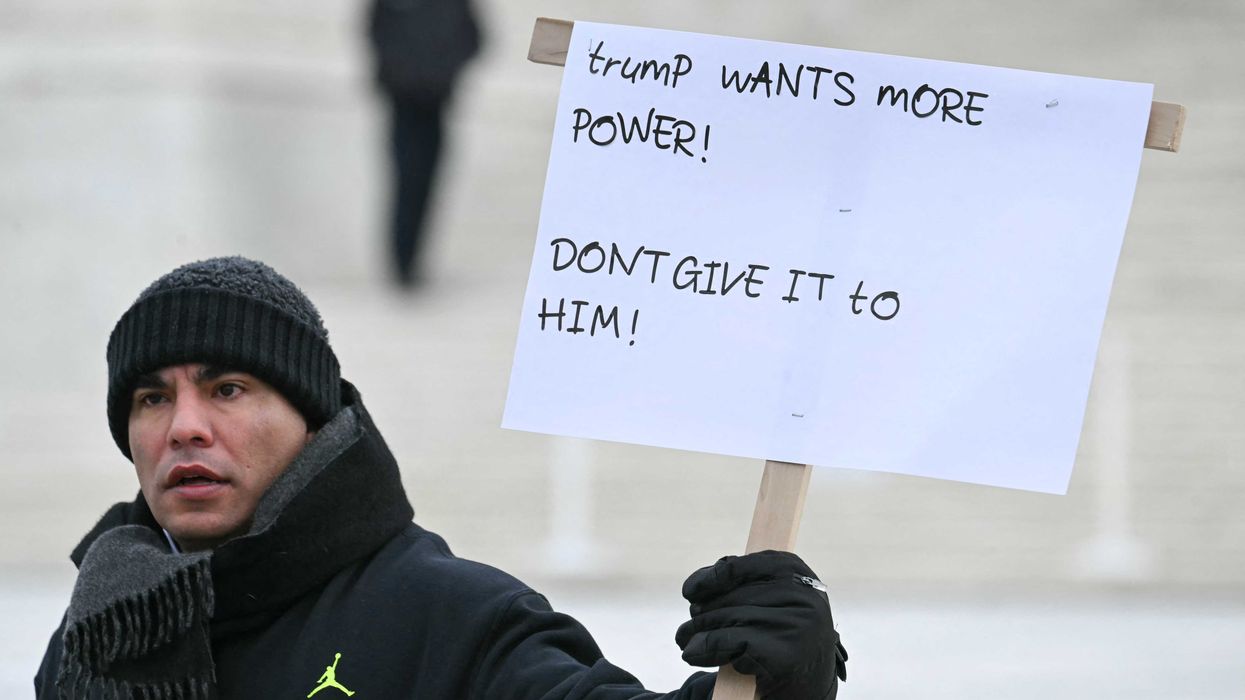It's the end of the world as we know it...and Glenn finally isn't the only one saying it! Raoul Paul, who previously co-managed the GLG Global Macro Fund and is a Goldman Sachs alum, has a pretty bleak prediction for what is coming to Europe and the rest of the world. What does he think is coming? The worst economic shock the world has ever seen and, even worse, there's nothing we can do to stop it!
See the Pal's presentation HERE
"The world has no engine of growth with most of the G-20 countries approaching stall speed at the same time. Now, what is that? G-20, that's the 20 biggest countries in the world. Approaching stall speed. We have no engine of growth. Ask yourself this question: What is the engine of growth in the United States? Currently it is being set up that the engine of growth is the stimulus package, is the United States government. Is that real growth? I contend - and you know the answer - no," Glenn explained.
"The western world is about to enter a second recession in an ongoing depression. For the first time since the 1930's, we're entering a recession. Before industrial production, durable goods orders, employment, and private sector GDP have made back their previous highs. Hear that again. For the first time since the 1930's before we've made if back up on our feet. Usually we have a recession, it starts to grow again, and then we come back down. This is -- this is a new trend."
"Fact: This will to be the lowest cyclical peak in GDP growth in G-7 history. These are the weakest ever foundations on which to enter a recession."
"The problem is down to one thing: Debt."
"This is significant. The 10 largest debtor nations on earth have total debts of over 300% of world GDP. History tells us that when sovereign defaults occur, what does that mean? Sovereign defaults? Sovereign default, if a sovereign default occurs, that means Greece goes out of business, Spain goes out of business, Portugal goes out of business. The Euro is a bubble. It will crash," Glenn said.
"History tells us when sovereign defaults occur, they come in a series of defaults. We need to understand history in order to grasp the present. The domino effect. In history when you have a default, one falls into the other and the other and the other. So, he says, what is coming? EU sovereign debt defaults. UK sovereign default. Japan sovereign default. South Korea, sovereign default. China, sovereign default."
"So, he says all of these will default and the biggest banking crisis in world history. Then he's got a few of the charts saying the end of finance, the end of Europe, the end of world trade. Then he has a picture of a hurricane and the eye of the hurricane. He says, We are here. We don't know exactly what is to come, but we can all join the very few dots from where we are now to the collapse of the first major bank, with very limited room for government bailouts.Why is that? Do you remember when we spoke two -- four years ago now, maybe almost close to five, we said that there would come a time that these bailouts wouldn't work, that they would throw money at the system, and then I said, When they do this and it doesn't change any of the factors, they have to immediately shut the faucets off and go the other way. Otherwise, they'll continue to print too much money, they'll digitize too much money. They'll flood the market with too much money and the engine will stall because you flooded it or you will have a rocket ship on your hands and you will have hyperinflation and you'll have out of control interest rates eventually. With very limited room for government bailouts, meaning we've got nothing less -- nothing left now. There's no bullets in the gun except meaningless printed. We can easily join the next dots from the first bank closure to the collapse of the whole European banking system and then to bankruptcy of the governments themselves. There are almost no breaks in the system to stop this and almost no one realizes the seriousness of this situation."
"The problem is not government debt, per se. Listen carefully. The real problem is The 70 trillion in G-10 debt, the top 10 governments around the world, The 70 trillion is the collateral for $700 trillion in derivatives. That number equates to 1200% of global GDP and rests on very, very weak foundations."
"Imagine the UK defaulting. What do you think would happen to Japan and China? Would they not be next? And do you think that the U.S. would survive unscathed? This is the end of the fractional reserve banking system and of fiat money. It is the big reset. This is what we've been talking about for quite some time. The big reset. This is what George Soros has wanted, the big reset."
"When the system has to be rebooted, who are the players that are designing that? This is why when people say to you, George Soros, why would anybody want this to happen? Because if you know the reset is coming, anyway, if you know it's unsustainable, then you want to be the one to design what the future looks like."
Glenn continued to read, "From a timing perspective, I think 2012 and 2013 will usher in the end. You have to understand that the global banking collapse and massive defaults would bring about the biggest economic shock the world has ever seen. There would be no trade finance, no shipping finance, no finance for farmers, no leasing, no bond market, no nothing. The markets are, frankly, at a terrifying point of realizing that there is nothing they can do including quantitative easing to prevent this collapse. The next phase, as Spain and Italy go, will be to see nationalization of banks -- the nationalization of banks and the assumption of bank debts on government balance sheets. This is what we talked to you about on Friday. We have Tim knee Geithner coming out and saying, The governments have to take this debt on. Then expect to be shut out of financial markets. Bonds will be stuck at 1% in the U.S., Germany, and UK, and Japan for this phase. The whole bond market will be dead. That means nobody wants to invest in companies. Short selling on bonds will be banned. Short selling stocks will be banned. CBS, banned. Short futures, banned. Put options, banned. All that will be left will be the dollar and gold. As defaults in governments and banks come to fruition, we risk a closure of the stock market entirely and a closure of the banking system as occurred in Argentina in 2001, Russia in 1998, and Brazil in 1999. We have around six months of trading in western markets to protect ourselves or make enough money to offset future losses. Spend your time looking at the risks of custody safekeeping, counterparty, et cetera. Assume that no one and nothing is safe. After that put your tin helmet on and hide until the new system emerges. I wish I could see another option with an equally high probability, but I can't find one. All we can do is hope that I'm wrong, but either way, a new system will emerge and it will open up a whole new set of opportunities, but we are going back 40 years in time and 1500 to 3000 years in trading."
"This, again, from not a schlub. This again coming on the heels of what George Soros said this weekend. George Soros said that he felt the EU had three months. They're saying the same thing."
"Now, the question is: What do you do about it? What does this all mean? That's what this whole week is about on the Glenn Beck Program and GBTV. Four steps. And I want you to seriously consider them with your family. I want you to seriously consider actually getting involved more than you already are," Glenn said. "I promise you by the end of the week that you will see that there is a way out and all you have to do is not panic. The first step is to commit, not to tune out because you can't handle it. You can, you will, and you'll lead the way out."

 JIM WATSON / Contributor | Getty Images
JIM WATSON / Contributor | Getty Images
 Joe Raedle / Staff | Getty Images
Joe Raedle / Staff | Getty Images AASHISH KIPHAYET / Contributor | Getty Images
AASHISH KIPHAYET / Contributor | Getty Images Harold M. Lambert / Contributor | Getty Images
Harold M. Lambert / Contributor | Getty Images